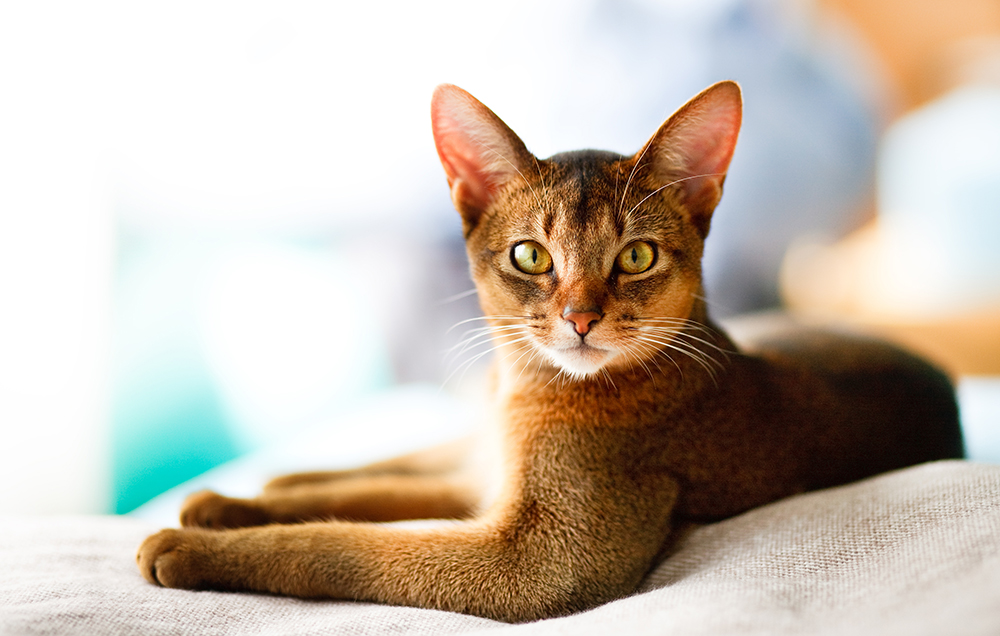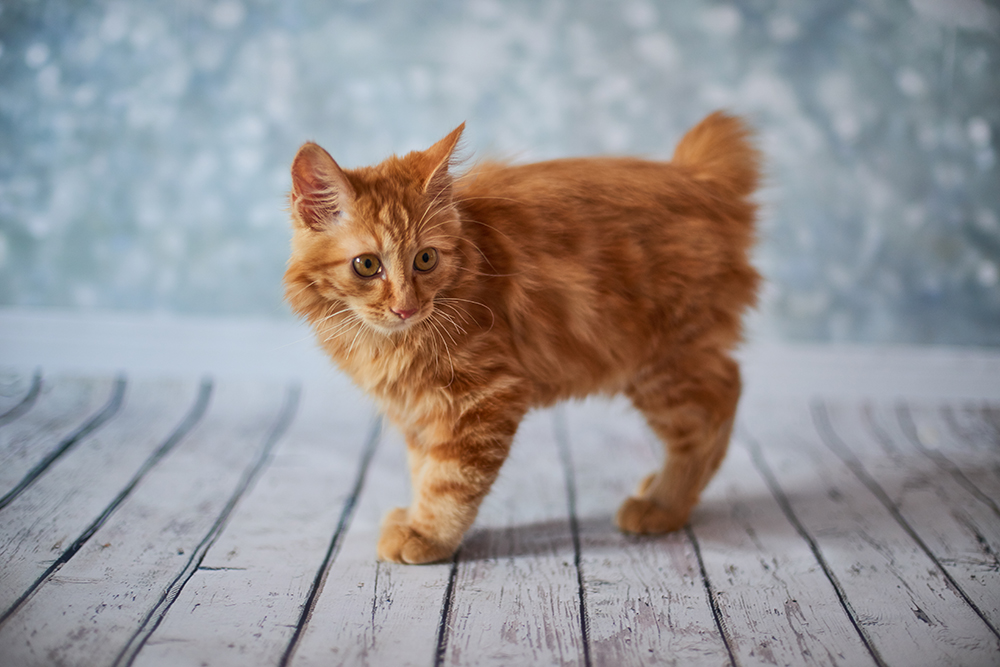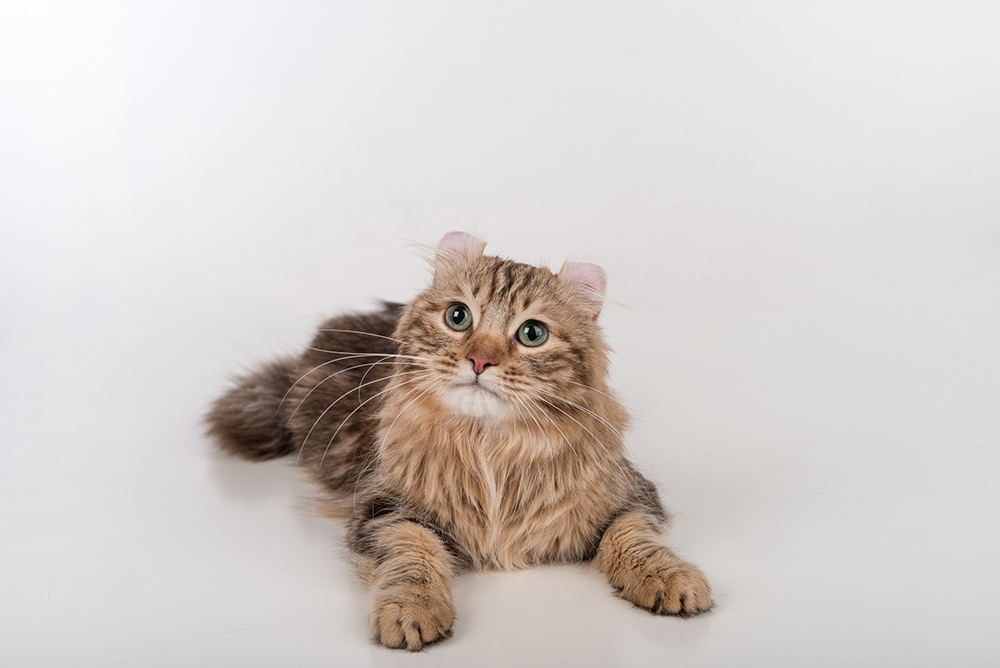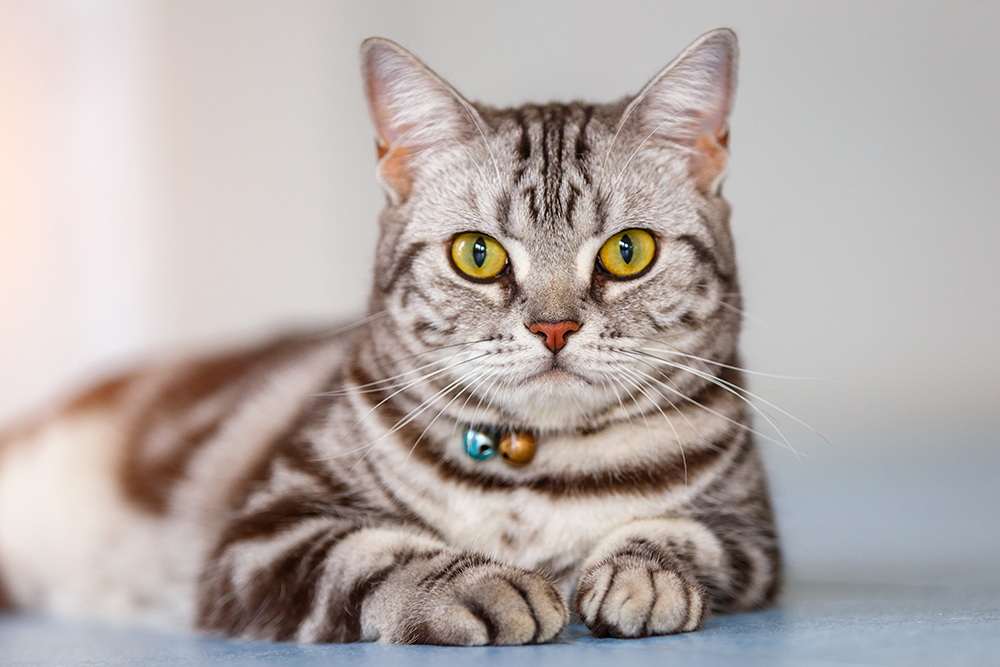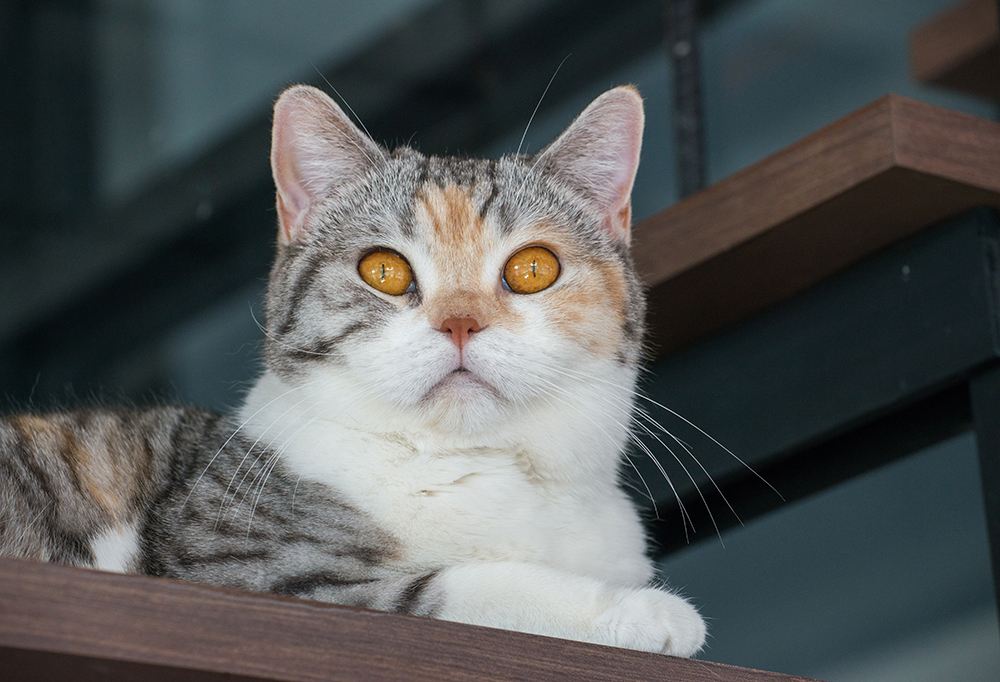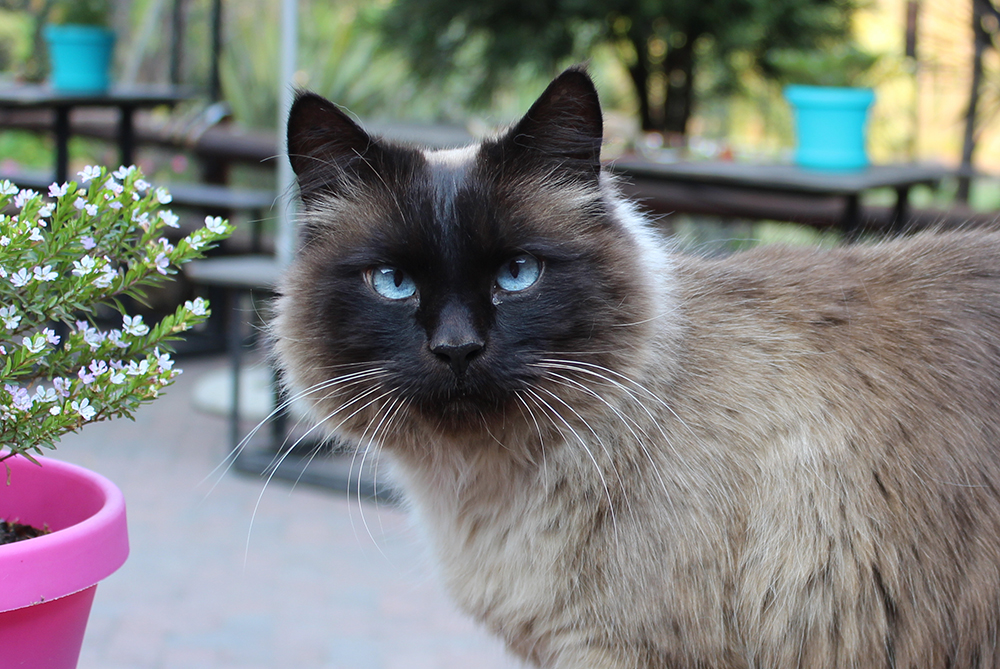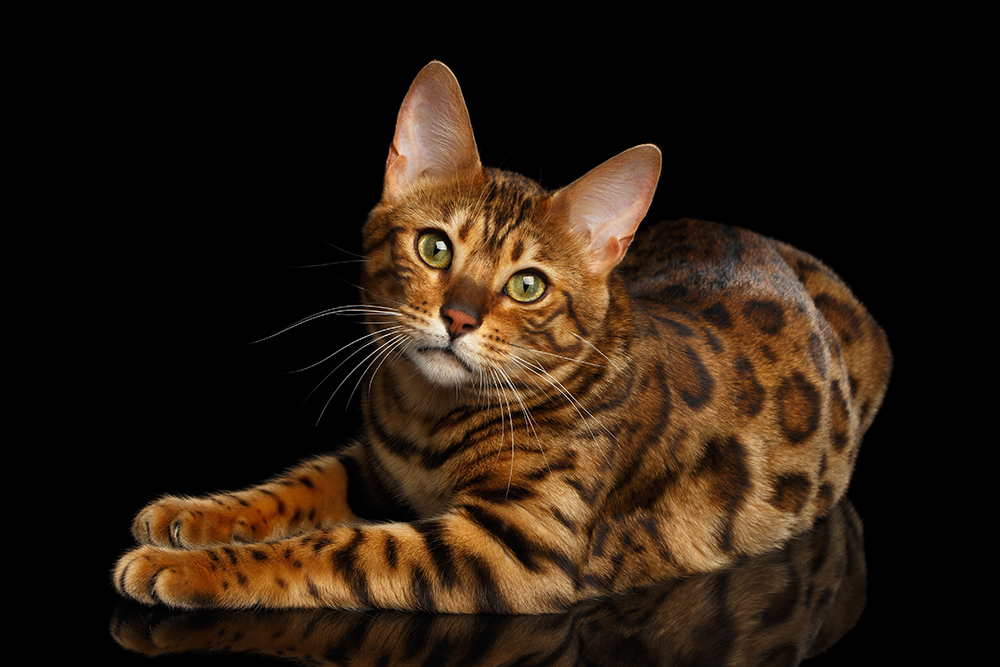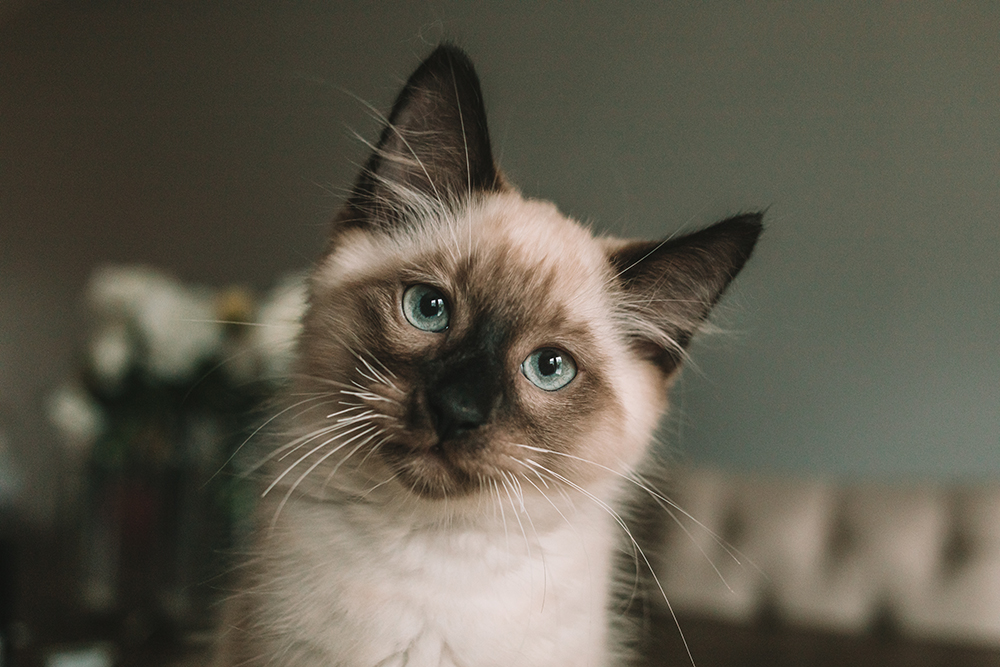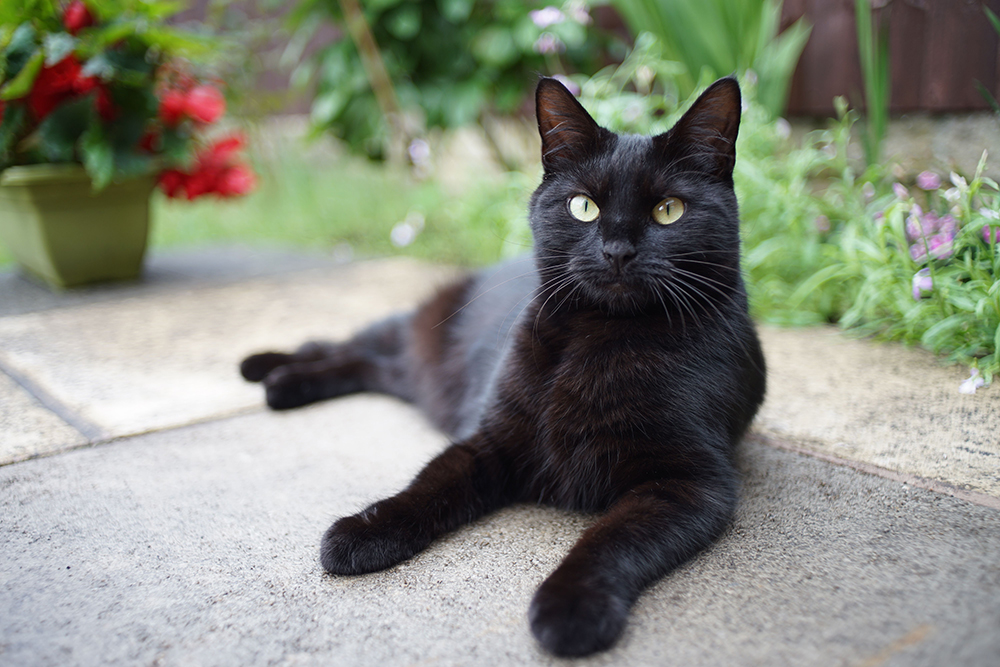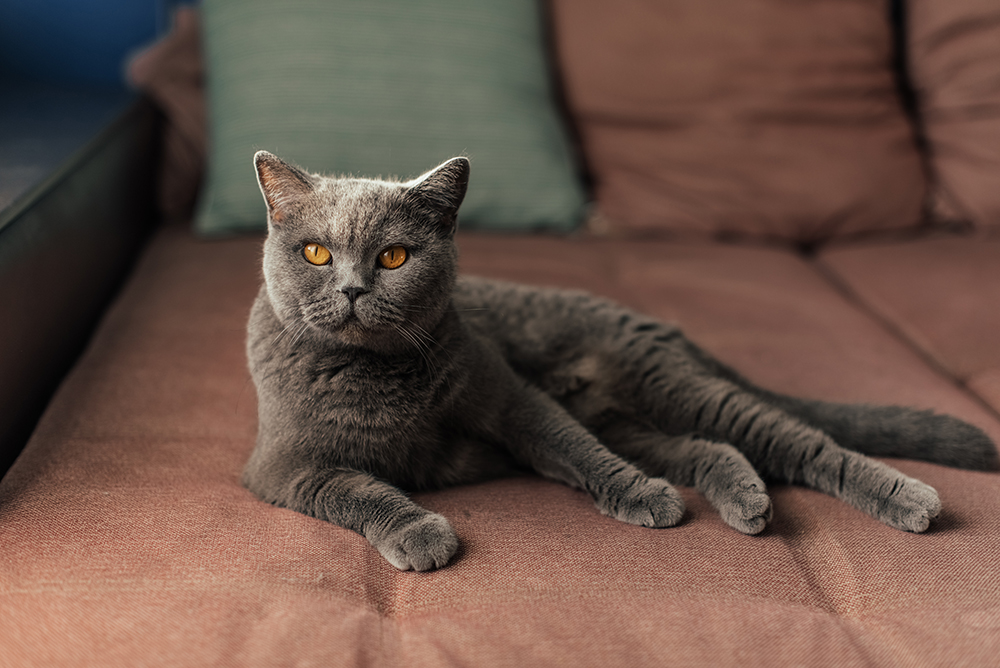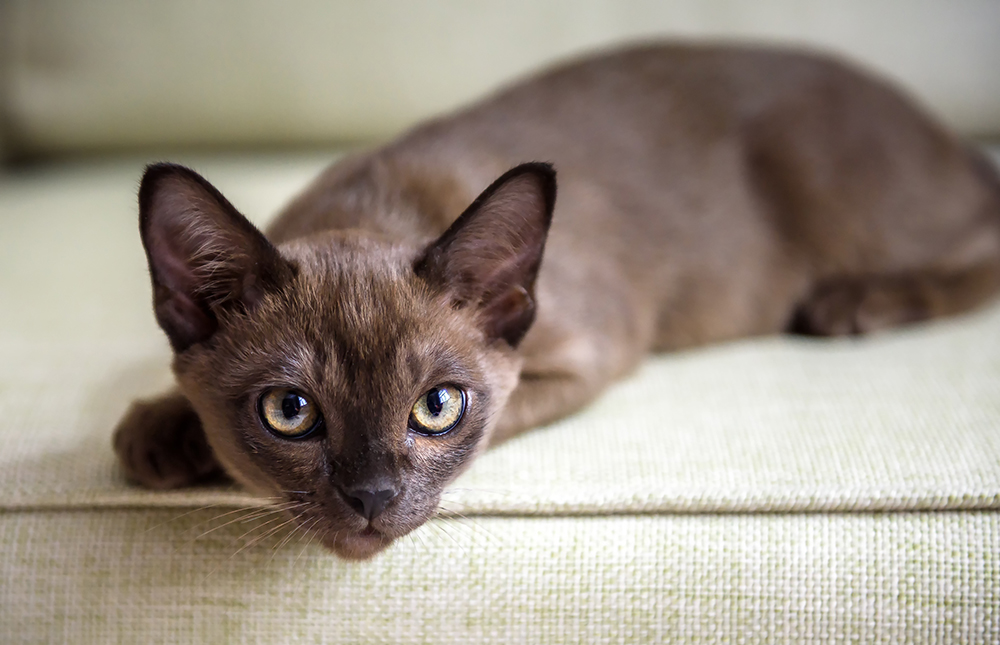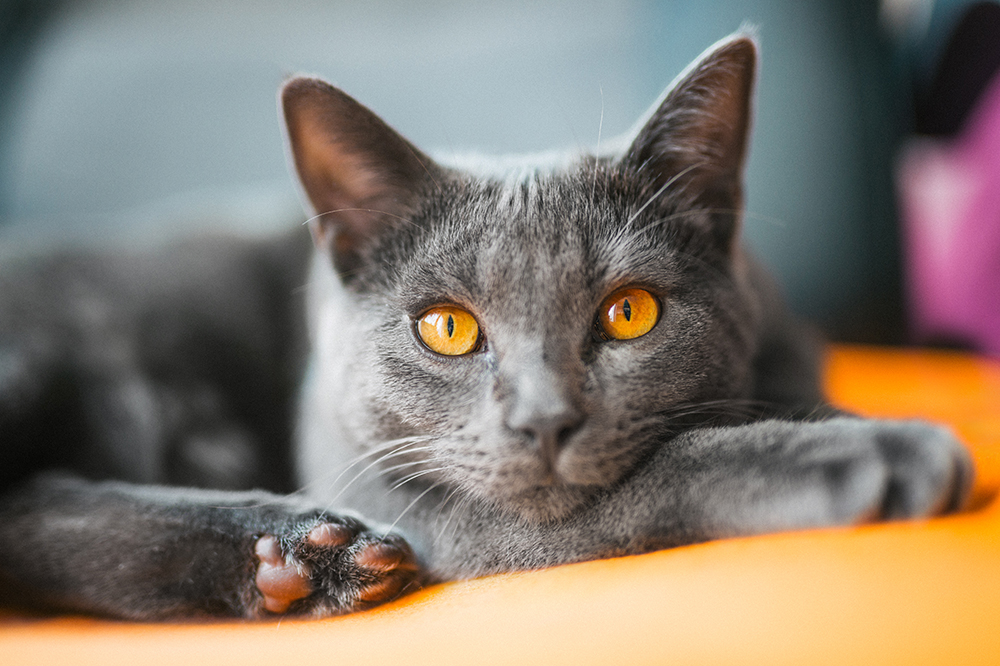All Cat Breeds
Finding the right breed is the key to a happy home, and we’re excited to help you find the perfect companion to complete your family. Our extensive cat breed guides will give you all the information you need to find the ideal feline for you and your loved ones. In each guide, we share our expert knowledge on a breed’s temperament, health, grooming, and more. Whether you're drawn to playful Bengals or cuddly Persians, explore the possibilities and embark on the exciting journey of learning about these cat breeds! Oh, and if you're curious about groups of breeds that share common traits, don’t forget to browse our categorized cat breed collections for more exciting insights.

